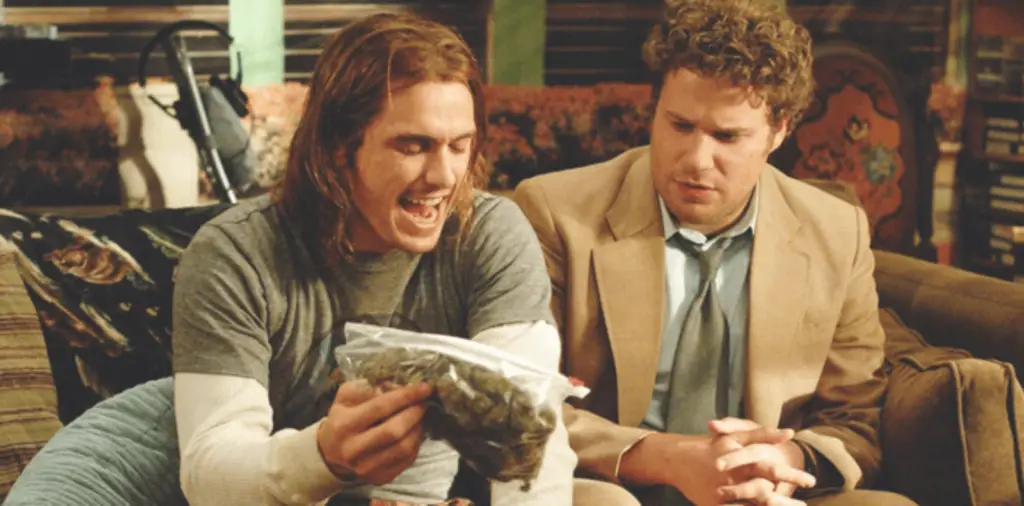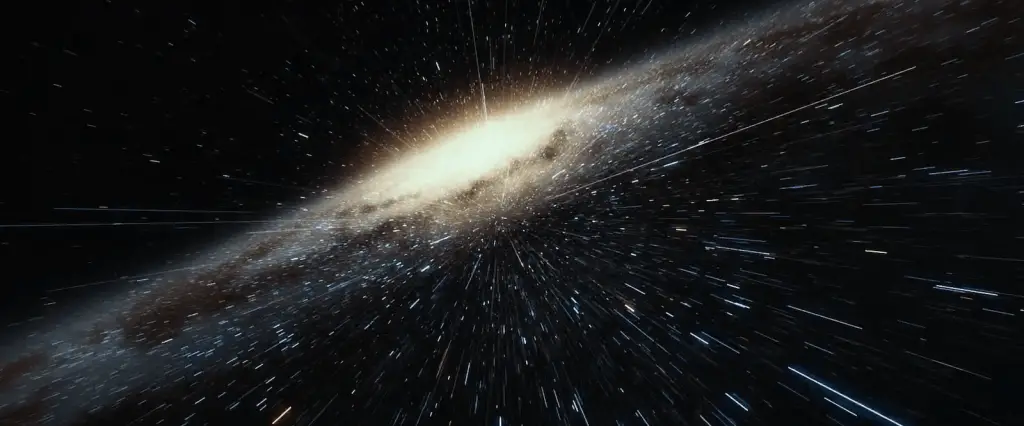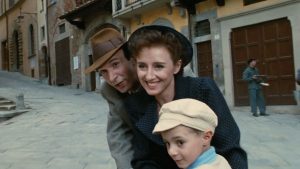
When it comes to reasons to visit Tuscany, the list is practically endless. Italy as a whole hosts some of the world’s most important historical and cultural wonders, from the Roman Aqueducts to the Sistine Chapel. Meanwhile, Tuscany is home to Florence, the cradle of the European Renaissance, and Pisa, home of stunning cathedrals and the infamous leaning tower.
Outside Tuscany’s urban centers, there’s still plenty for a traveler to pencil into their agenda. The region is known for exporting top-quality wine and olive oil from Chianti, which means there are orchards and tours aplenty. Meanwhile, the rugged Apennine Mountains provide endless hiking trips and stunning views.
Still, that doesn’t mean Tuscany isn’t home to a few hidden gems. In fact, the region’s reputation for natural beauty and delectable exports has made it a common subject for storytellers around the world, from EM Forster to Franco Zeffirelli. Even Dante Alighieri stopped over in Tuscany to pen his famous work The Divine Comedy sometime in the mid-1300s.
Films have also taken special inspiration from the region, whether based on the unique landscape or the inhabitants that have called Tuscany home for millennia. And lucky for travelers with a thing for Hollywood films, there are quite a few stopovers in Tuscany that were the set for famous projects.
Classico Chianti & the Wild West
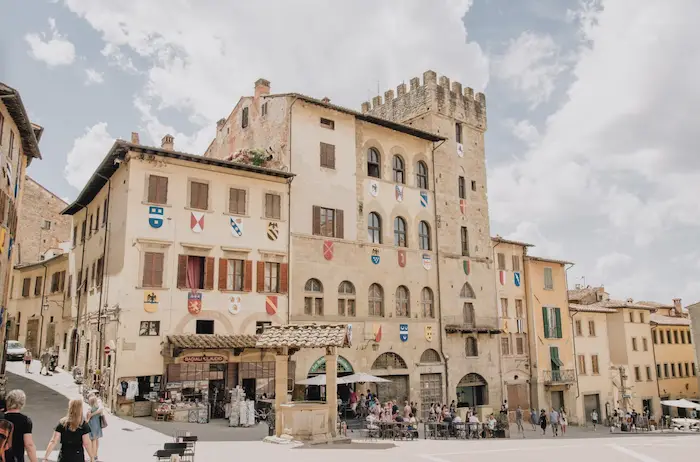
In the US, Western films are incredibly popular. In fact, outside of film, it’s still common to see other forms of entertainment focus on the region and time period. There are major films like Monsters vs. Aliens, video games like Red Dead Redemption, and online slots titles that include bandits and cowboys on daring adventures in the southwest.
Back in the 1960s and 70s, European audiences also developed a taste for rugged Wild West adventure stories. In fact, the theme became so popular that Italy developed its own ‘Spaghetti Western’ subgenre, which included Italian actors, writers, and directors.
One of these directors was Italo Zingarelli. Between 1954 and 1995, he produced 26 films, many of which were based on the Wild West. These included titles like The Five Man Army (1969) and They Call Me Trinity (1970). To this day, Zingarelli’s family maintains a Chianti orchard just outside Catellina.
Those traveling through Tuscany can sample Zingarelli’s Rocca delle Macìe, which is sold worldwide. What not many people know is that the famous Chianti Classico was built on Zingarelli’s success with his Western films.
Life is Beautiful in Arezzo Tuscany
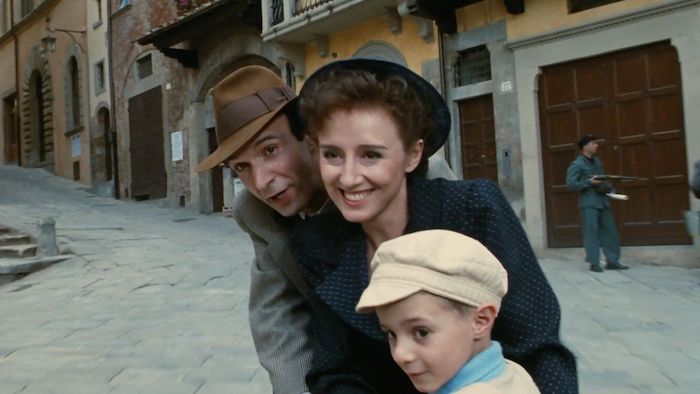
When it comes to Italian film, few projects are as internationally recognized as 1997’s La Vita è Bella (Life is Beautiful) from Roberto Benigni. Though the film handles heavy content, it handles the life and trials of the main character, Guido Orefice, well—in fact, it even manages well-timed comedy amid the film’s dramatic themes.
The film was shot in Arezzo, Tuscany, which fans of the films will immediately recognize. Some of the most poignant scenes were filmed in the centro storico, or historic center. Even for visitors who haven’t seen the film, the streets of Arezzo will provide plenty of views and history to fill an afternoon.
A Hollywood-Worthy Memoir
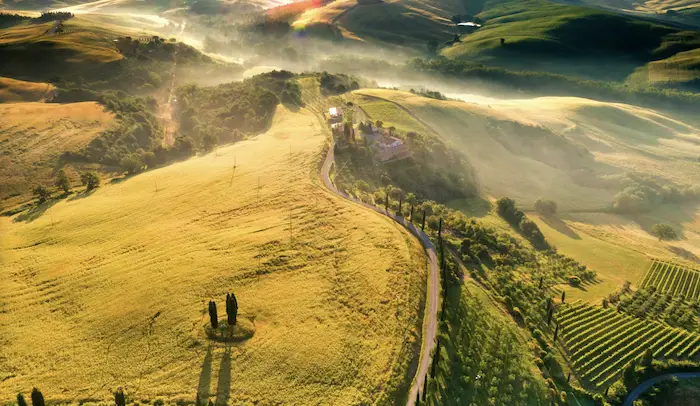
Before Eat, Pray, Love became a breakout hit in 2010, Frances Mayes penned the book Under the Tuscan Sun to chronicle her life’s turbulent path. As a recently divorced writer, Mayes decided to move to Italy and buy a house in Tuscany to invite change into her life. Though not quite as catchy as backpacking to India and Indonesia, Mayes’ book turned into a bestseller and, eventually, a movie.
The 2003 film from Audrey Wells stars Diane Lane and features a long list of Tuscan locations. Most of the film takes place in Cortona, including places like the Cassa di Risparmio di Firenze. There are also nods to other hotspots, such as the flag-waving show and wedding that both take place in Montepulciano.
Though penned outside of Italy, the local Tuscan Film Commission was a critical part of the book’s adaptation into film. In fact, the group was essential in supporting producer Tom Sternberg as he fought for an adaptation.


